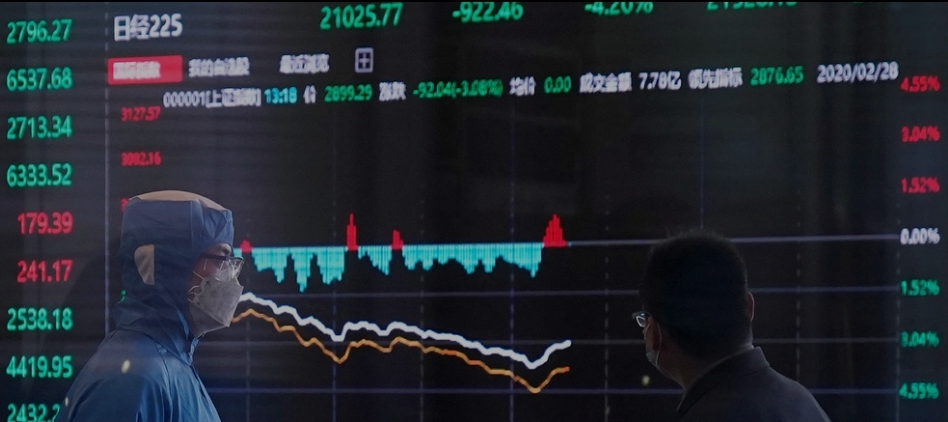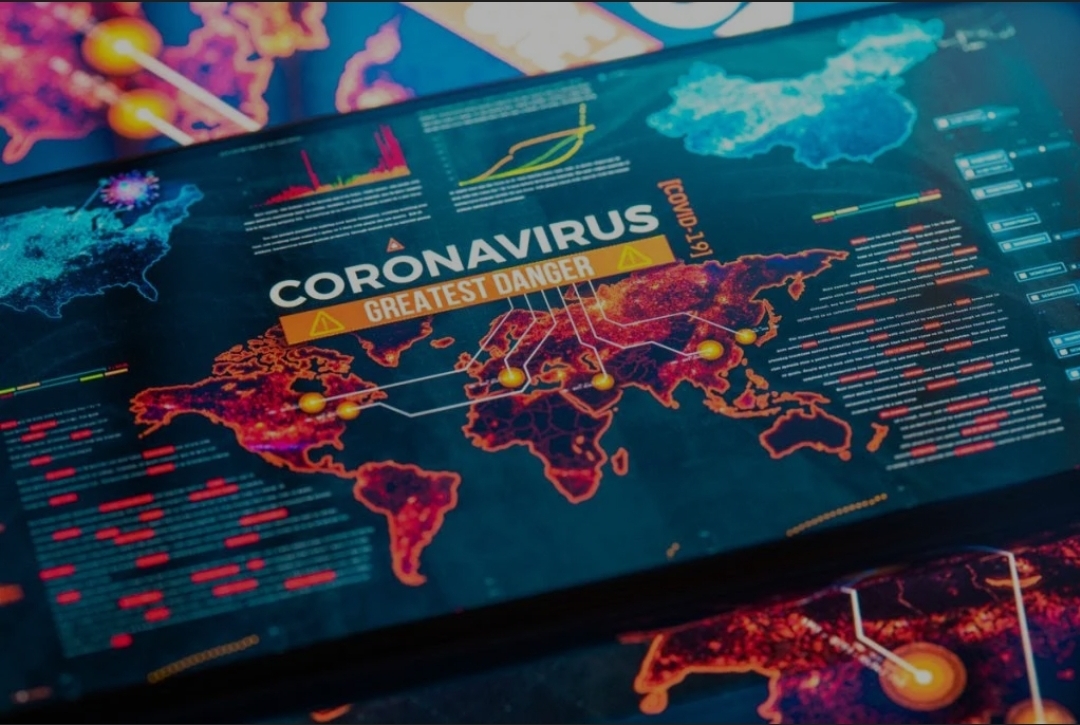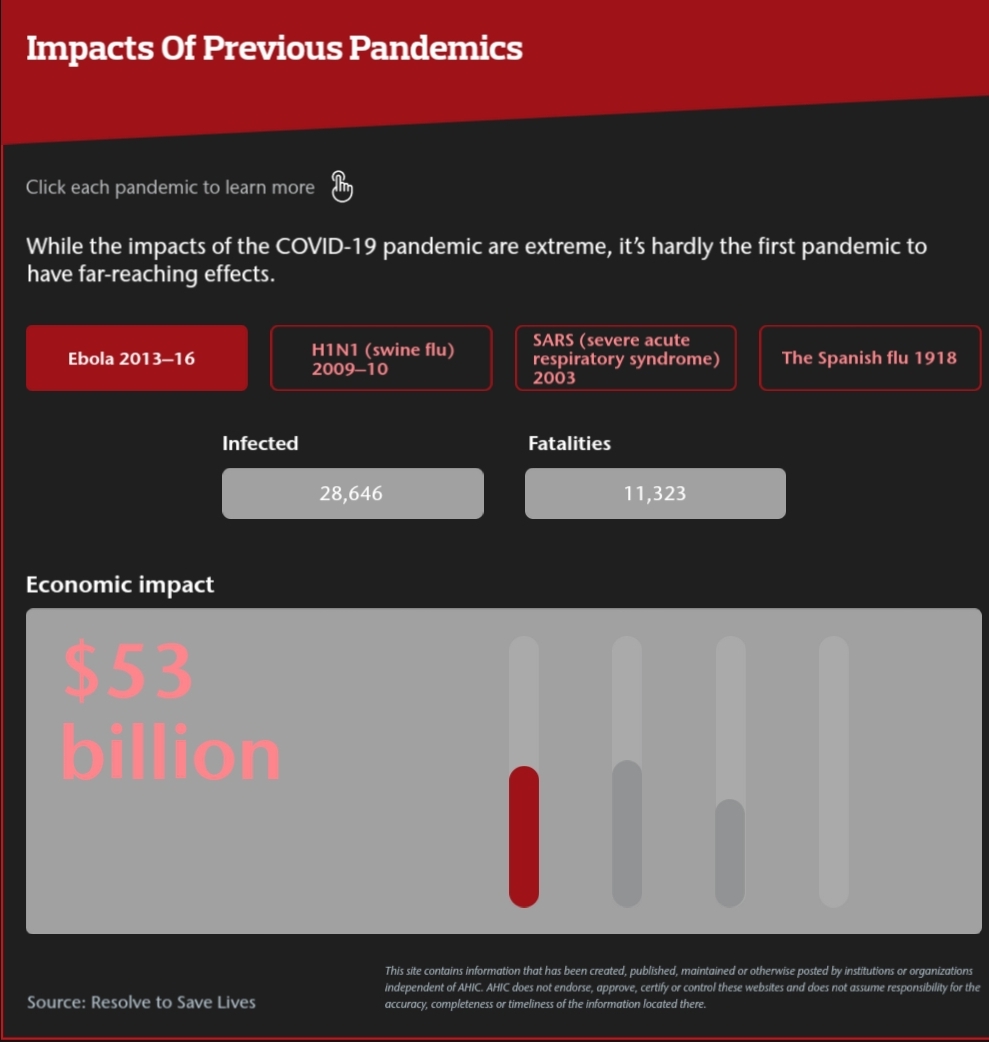Globally, economies have been held to ransom by the mercurial and contagious COVID-19 pandemic. To arrest its spread, the lockdown on daily life caused the closure of many companies, and employees were pink-slipped or laid off temporarily. According to the ILO Chief, COVID-19 could cause an equivalent to 195 million job losses. The brunt has been borne, especially by the informal sector, travel and tourism, hospitality, and food industries, as well as, manufacturing, wholesale, and retail, along with real estate, and other businesses.
There exists a general sentiment to recover the economy with a calibrated and safe exit from months of lockdown, whilst paying crucial attention to safety protocols and social distancing. But experts fear easing the lockdown measures aggressively now could further increase the rate of infections. Therefore, following the health ministry’s guidelines, differential levels of relaxations in economic activities have been permitted, contingent on the trajectory of the infection by the state authorities in their respective jurisdictions.

Governments across the world have announced major economic relief packages to inject liquidity, ease supply chains, and manage unemployment. India announced a $260 billion economic relief package, Italy of 25 Billion, USA of USD 2.5 trillion, amongst others. Consequently, there will be an increase in expenditure, and revival of effective demand which will set the wheels turning, if it adequately reaches the citizens for business, trading, and investment.
But, until then absorbing back all the workers both in the informal and formal sector appears difficult due to the money crunch and paralyzed supply chains. Moreover, employees resuming full-capacity functioning are vulnerable to deferment of incentives, increments, and bonuses, as well as salary cuts until revenues don’t catch up.
The organized sector may further face resistance from employees returning to jobs, because of the continuous scare of contracting the virus. Since the ones’ who can afford to sustain themselves would prefer not to leave the security of their homes unless they’re guaranteed strict adherence to the guidelines.

The crucial manufacturing hubs to keep up regular production and deliver pending orders will have to likewise woo the laborers back. Except maybe the poorest workers, who will be forced to rejoin after suffering serious economic deprivations in the months of the lockdown.
Moreover, on the re-opening of markets, consumption by the affluent and those who have retained the job, can create a spike in demand, and hence employment, as a consequence of the liberation experienced after being cooped up at home. E-commerce firms have witnessed manifold rise for non-essentials commodities already. Further, there is scope for expansion of established companies in their opportunistic quest to meet the ascending demands which will give rise vacancies as they replace the struggling-to-survive businesses. Whilst enterprises and start-ups, providing for the nascent demands of test kits, face masks may flourish as well.

Unsurprisingly, the stock market seems to be favoring shares of E-tailers , Chemicals and Telecom companies, large and well-capitalized private sector banks, and firms operating in the healthcare space and pharmaceuticals, due to shifting in demand that occurred for the sustenance of industries and the need to fight COVID-19 during the lockdown, and further is likely to continue to be, as economies reopen amidst their continued battle.
Further, a huge influx of investors and a surge in trading volume was witnessed, probably because more investors had more time to follow the market, and looked towards secondary sources of income.
In conclusion, parallel to the previously plummeted employment rates and stock value, the post lockdown world displays room for resurrection as well as doom, predicated on the economic policies adopted by the governments and productivity of industries.
By Krishnaa Thakkar
References
Economic Times
Image Source:
Weforum
www.thestatesman.com/business/
www.technologynetworks.com/
